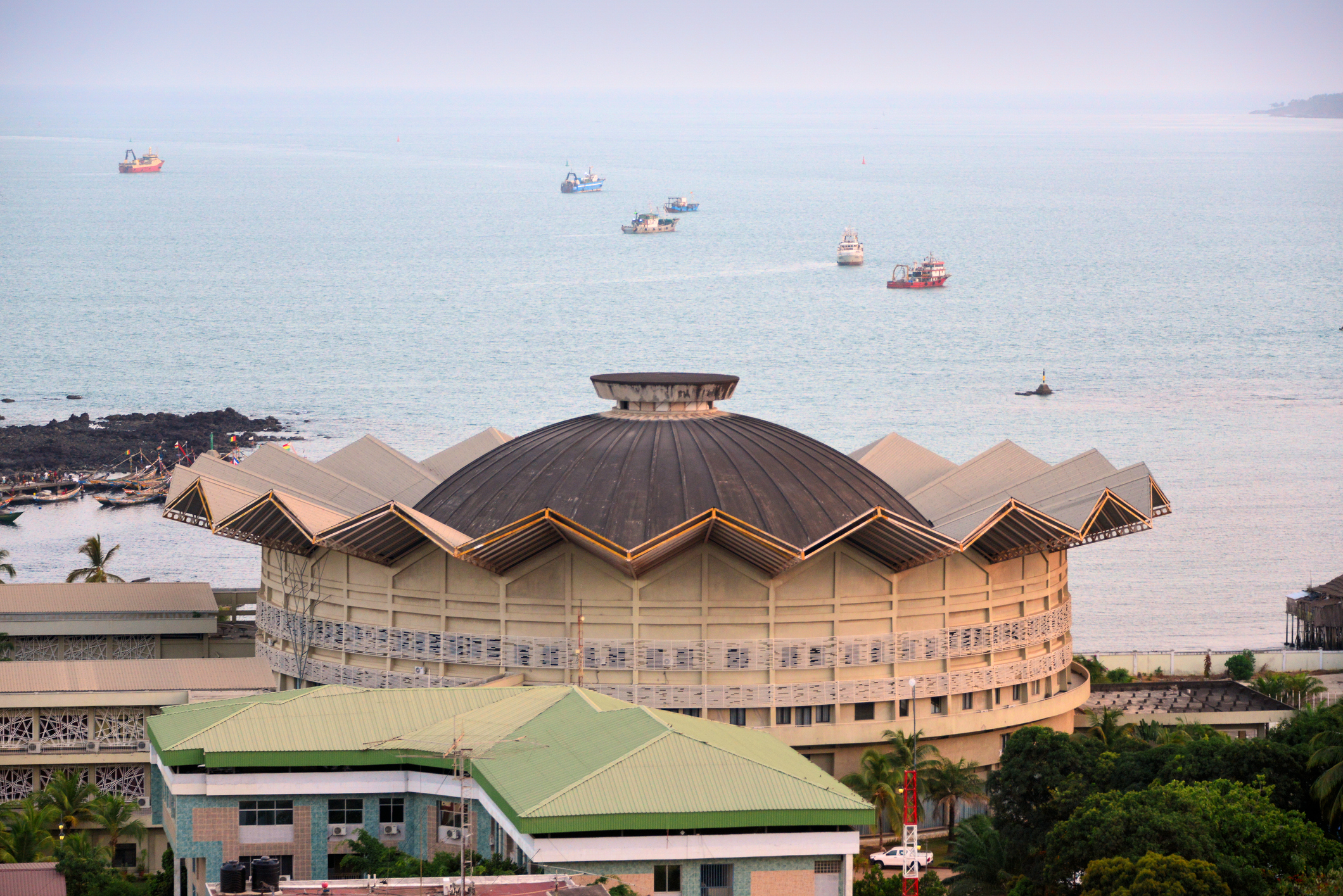Conakry, Guinea: City Scoping and Rapid Climate Risk Assessment
Summary
The Global Center on Adaptation has completed the city scoping and rapid climate risk assessment for Conakry, Guinea. The study identifies different climate-related hazards for the city, including floods, coastal erosion, and water scarcity.
Overall climate-related risks are evaluated based on the interaction of climate-related hazards (including hazardous events and trends) with the exposure of human and natural systems and their vulnerability (susceptibility to harm and lack of capacity to adapt to shocks). The vulnerability of human and natural systems can be increased by inadequate human practices (developed in Intensifying factors) or reduced by adaptation capacities.The most exposed and vulnerable people are those living in the precarious housing is made up of both informal housing (inhabited spaces that are not equipped with basic services) and housing in non-edificandi zones (located in zones that are unsuitable for housing, such as marshes and natural outlets).
The report identified intensifying factors such as urban planning, mangrove wood exploitation, agricultural practices, lack of sanitation, and institutional issues. The impact of different factors on the environment, economy and people are analysed.

About the GCA'S City Adaptation Accelerator (CAA)
The development objective of the CAA is to support cities and countries strengthen their urban climate adaptation and resilience outcomes through enhanced (1) understanding; (2) planning; (3) investments; and (4) governance and capacity building. The initiative’s scope is global.
In addition, all activities will adhere to four cross-cutting criteria: (A) scalability; (B) locally-led action and equity; (C) partnership; and (D) urban dialogue.
For the CAA program, improved urban climate adaptation and resilience outcomes are characterized by:
- strengthened urban climate risk management[1] in cities and their hinterlands;
- improved climate-adaptive spatial planning[2] at the municipal and regional levels;
- enhanced water resources management for more equitable access to ecosystem benefits;
- enhanced resilience, consistency, inclusiveness and integration of urban drinking water, sanitation and solid waste management services; and,
- improved urban livability and public health from climate risks stemming from heat stress and disease.
GCA’s City Adaptation Accelerator (CAA) will partner with national and local governments to accelerate and scale high-impact climate adaptation and resilience-building efforts in cities. Technical, institutional and financial support and partnerships are urgently needed to enhance the feasibility and effectiveness of urban climate adaptation solutions that span physical, natural and social infrastructure.
As a programmatic approach, CAA will flexibly deploy a suite of decision-support tools as well as technical and financial advisory services on a demand basis – enabling cities to address climate-related urban challenges identified as the biggest impediments to long-term development. CAA will work across multiple fronts from hard investments (i.e. infrastructure), development policy (i.e. legislation, regulation) and service delivery (both formal and informal) – bringing together a diverse swath of actors ranging from national to municipal governments, local communities, international development organizations, multilateral development banks and the private sector. Climate mitigation efforts (i.e. CO2 emission reduction) are not included in this initiative; however, by pursuing green approaches (including Nature-based Solutions) to the greatest extent possible, a number of efforts will likely have significant climate co-benefits.
[1] Common climate hazards include flood, drought, storms and fires. Risk management of these hazards will encompass the full cycle of (a) prevention, (b) mitigation, (c) protection, (d) emergency response and (e) recovery.
[2] This will include elements related to erosion protection in coastal areas, along water bodies and in upstream catchments.









Trending Discussions
From around the site...
“Absolutely interested! I'll connect via email to discuss reviewing and enhancing the Economic Analysis of Climate...”
Adaptation-related events at COP28 (all available to follow/stream online)
“Please check out these adaptation-related events taking place at COP28 - all available online (some in person too if...”
Shining a light for biodiversity – four perspectives to the life that sustains us. Four hybrid sessions.
“30 November to 19 December 2023 - Four Sessions Introduction The SDC Cluster Green is happy to invite you to the...”